What comes to your mind when you, or the general public thinks of a stereotypical gun owner, store owner, or firearms instructor? Is it a well dressed, professional looking guy like this?
Or is it one of these types of images often shown in print media and television, on social media, or the news?
Gun owners have an image problem. While an extreme minority of gun owners may be responsible for a large portion of these misconceptions, it is also propagated, amplified, and disseminated through traditional media, social media, and people’s personal experiences with gun owners (good or bad).
Let’s start with the good news. Polls from the Pew Research Center show that there has been a massive shift in the demographic trends of gun ownership. Of people who live in households that have guns, men make up 38%, with women not far behind at 31%. White people represent the majority of gun owners at 41%, Blacks and Hispanics make up 19% and 20% respectively. And while many gun owners live in rural settings the overwhelming majority of gun owners live in urban and suburban areas.
Dr. Brenda Allen is the Chief Diversity Officer at the University of Colorado, Denver, is the author of Difference Matters, Communicating Social Identity, and is a well respected expert in the field of intercultural communication. According to her:
” Television programs tend to condense and oversimplify characters, which helps to perpetuate caricatures and stereotypes. TV shows regularly assign and reassign racial characteristics to particular groups, both minority and majority. These characteristics often convey stereotypical ideas about racial groups.”
So how does media shape society’s views and portray gun ownership among minority groups? How do they portray blacks, hispanics, and muslims on a daily basis? Is it like this?
These are images that we are shown everyday in the movies, on television shows, and in the news. But these are not representative of their respective populations, only the extreme outliers who satiate the media’s mantra “if it bleeds, it leads”. Negative images like this lead people to associate gun ownership with criminal and terroristic behaviors. The overwhelming majority of gun owners, of all races, use guns for lawful purposes, so this depiction is unrealistic and not representative of the reality of responsible gun use.
Despite the media’s negative portrayal of traditional gun owners as well as minority gun owners, more and more are not only deciding to purchase firearms for lawful purposes, but they are also acquiring ccw licenses to legally carry firearms for protection, as is shown by the graph below.
According to a recent study of conceal carry permit holders compared to police: “Firearms violations among police occur at a rate of 16.5 per 100,000 officers. Combining the data for permit holders in Florida and Texas, it is only 2.5 per 100,000. That’s only 1/7th the rate for police officers. The data are similar in other states” (Lott, 2015, p. 13).
So, the questions we must ask ourselves become:
- How do we dispel the negative stereotypes that are associated with traditional firearm ownership?
- How do we dispel the negative stereotypes surrounding minority groups with firearms?
- How do we foster a climate of acceptance between majority and minority groups?
Whether you like it or not, every single gun owner is a representative of the demographic that they come from to the rest of the gun owning and non-gun owning community. Whether someone is white, black, hispanic, asian, middle eastern, christian, muslim, hindu, etc., people will observe how individuals from their respective ethnic groups and communities act, what they say, and how they behave with their firearms. If someone is observing from a different group, they will be watching with their own set of preconceived notions, cultural values, and stereotypes of others. It’s not fair, it’s not right, but that is how people are judged.
If you are a gun store owner, here are a few examples of symbols and/or products and policies that will offend many potential customers and people from minority groups who will likely view gun ownership in a negative light.
These flags have hateful and racist origins, regardless of whether they are kept for historical value or not, and only serve to reinforce negative stereotypes of firearms owners. Policies that involve refusing service or discriminating against specific races or religions will also not help the cause at all.
Likewise, if you are a firearms instructor, here are a few examples of training targets that will offend many potential customers from minority groups and, as a result, they will likely view gun ownership in a negative light.
Targets that represent negative racial stereotypes, ones that are derogatory of the president, or targets that make light of sensitive recent events can dissuade minority groups and cement preconception of racism and gun ownership.
So what are some things that firearms industry companies do to bridge the gap between majority and minority groups. One thing, going back to the concept of community representation, is to become an active embassador to ethnic enclaves. Ethnic enclaves are usually in urban areas, within which culturally distinct minority communities maintain ways of life largely separate from those of the generally larger communities that surround them. While ethnic enclaves offer a sense of community to the culture in question, it is a form of self segregation that can prevent upward mobility and outside income that would increase the standard of living within the community.
“Immigrant-minority workers in the open economy tend to receive higher returns to human capital than immigrant-minority workers in an ethnic-enclave economy” (Waldinger, 1993, p. 449).
The number one way that firearms industry companies can make inroads into minority communities is by making a point to hire from them. The most important takeaways from the graphic below is that not only are companies able to use their diverse workforce to capture a new, large demographic as a client base, but companies that are racially integrated can see up to 15x the increase in sales revenue.
Besides the increase in revenue, hiring from minority groups improves relations between enclaves and the greater community. Employment involves job training such as sales, instruction, manufacturing, and public relations, which enhances future career opportunities for minorities within the firearms industry. Minority employees act as ambassadors into their enclaves and can encourage friends, family, and community members to participate in firearms ownership.
What about other ways to promote diversity in the firearms culture?
1. The NRA has made significant strides by using personalities like Colion Noir, Chris Cheng, and Gabby Franco. Not only does this encourage firearms ownership between different races, but it also pushes for ownership from non-dominant sexes and sexualities. Other organizations should make a point to follow this kind of example.
2. Make a point to advertise discount events such as training or equipment rental to specific communities that involves professional introduction to firearms and safety instruction . Having a welcoming and open attitude towards the community is an excellent way to foster the ideals of America as a melting pot, it allows members of the firearms community to share their knowledge and passion for their way of life with others.
3.Make sure to encourage members of minority groups to join firearms organizations that cater to those specific communities. Organizations like the National African American Gun Association, the Jews for the Preservation of Firearms Ownership and the Pink Pistols are just a few. If there isn’t a firearms organization available for a demographic, encourage them to start one of their own and organize using social media.
The number of firearms owners has increased by the millions over the last 30 years. In order to make sure we, as gun owners, are able to secure our firearms rights, it is imperative to include as many different types of gun owners from as many different groups as possible. This is important because it will help to change the negative stereotypes that are being pushed by the media, but it will also allow for the gun culture to evolve and grow. Diversity is good for the gun culture, it’s good for gun business, and it’s good for our country. We owe it to ourselves to be the change we want to see in the world.
Title image is used from the National African American Gun Association.

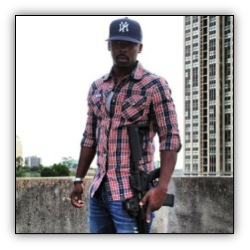
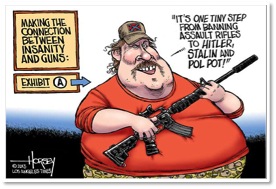
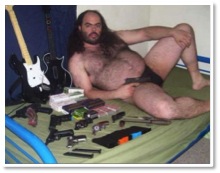
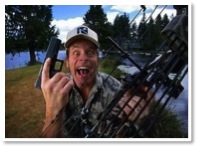
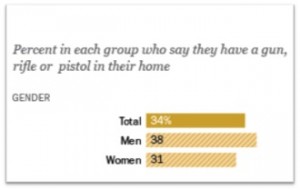
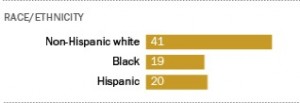

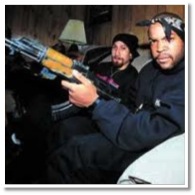
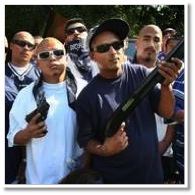
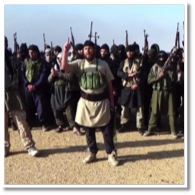
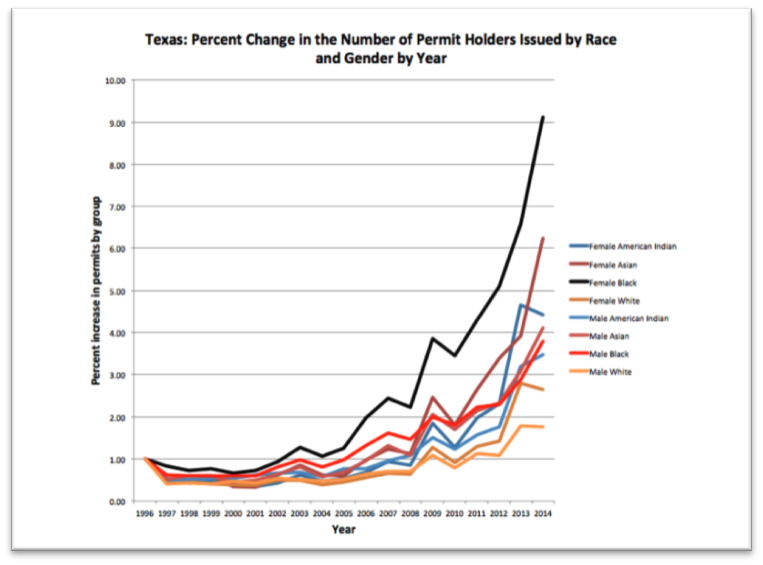
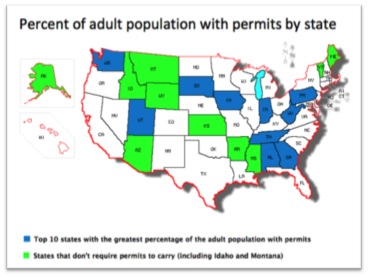
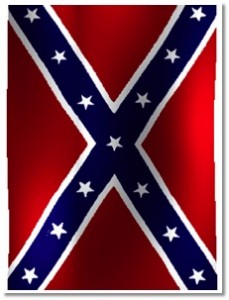
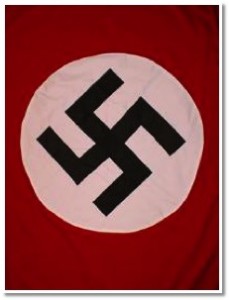
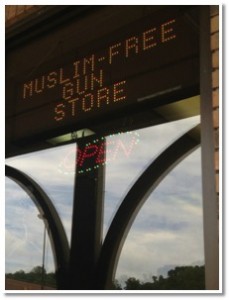
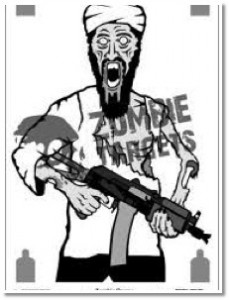
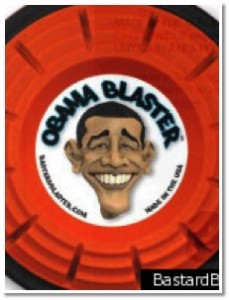
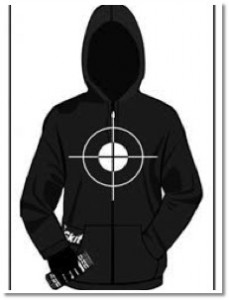
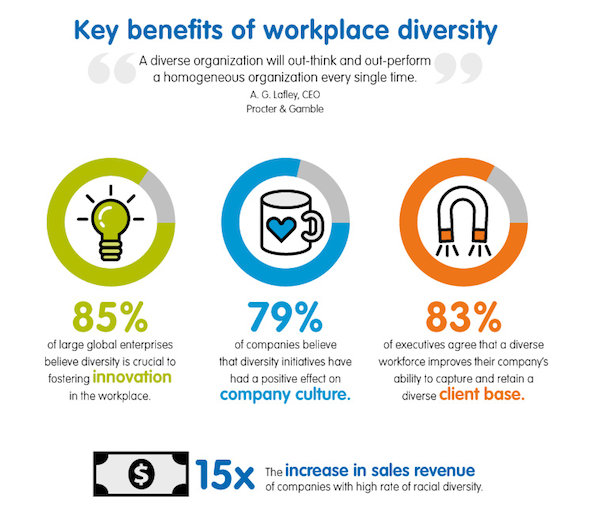
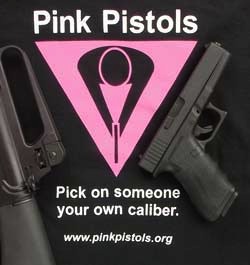
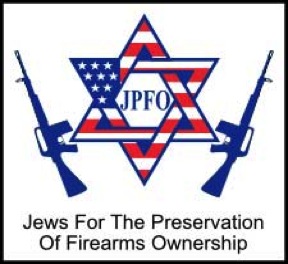
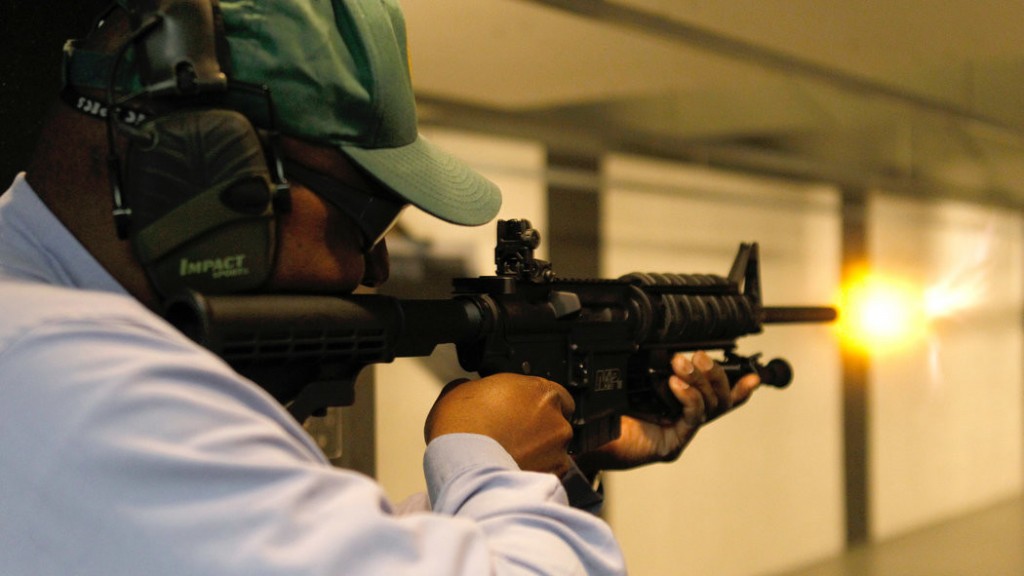
You must be logged in to post a comment.